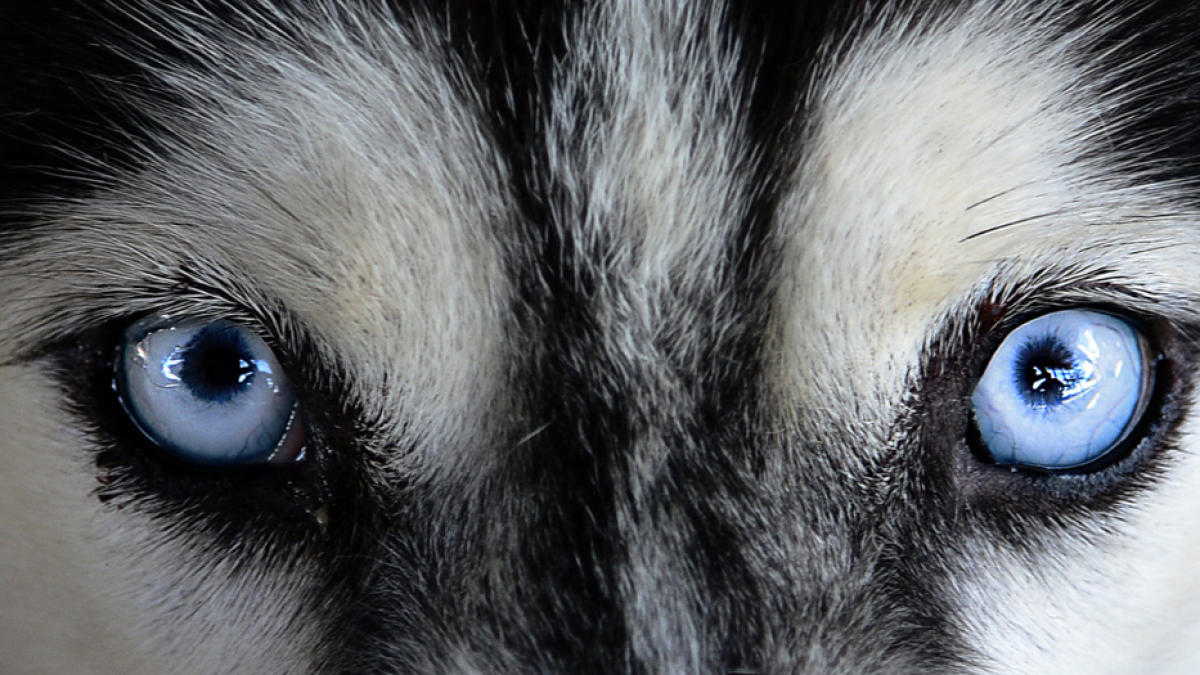A Case Study of C’s Journey: Unravelling the Roots of His Struggles

Uncovering the root of C's struggles. Read how addressing physical and emotional challenges transforms lives in this inspiring case study!
Case Study Subject:
Name: C
Age: 3.6 years
Sex: Neutered Male
Breed Type: Primitive
C’s Journey: Unravelling the Roots of His Struggles
Introduction
When our dogs show puzzling behaviours, they may be telling us more than we realise. This is C’s story: a journey of discovery and care, where physical challenges and emotional struggles intertwined
C’s Background: Building His Story
C, a beautiful rescue with a sensitive soul, had a challenging start to life. He was found as a tiny puppy in the back of a lorry traveling from Eastern Europe and later rehomed through the Dogs Trust at around four months old. Despite his rough beginnings, C’s guardian has always been dedicated to understanding his unique needs.
From a young age, C displayed a mix of physical and emotional challenges:
- He often vomited after drinking water and had a notoriously sensitive stomach, refusing foods he previously enjoyed.
- C showed reluctance or inability to jump into cars or over walls without assistance.
- While walking, he occasionally “lost power” in his back end, causing him to stop and sit down. These episodes were sporadic but persisted.
- C avoided sitting naturally, preferring to lie down on his right side.
- He rarely engaged in playful behaviours, and when doing so, he appeared to tire quickly.
On the behavioural side, C struggled with anxiety and over reactivity:
- He would try to retreat from certain dogs, displaying what his guardian believed to be fearful behaviours
- At home, C was not tactile, choosing solitude in another room rather than snuggling with his guardian, although he liked to know someone was nearby and struggled with separation distress while left completely alone.
- Everyday handling, such as lifting his paws for husbandry tasks, was met with resistance, likely due to balance or discomfort concerns.
Despite multiple vet consultations, these concerns went unresolved, leaving his guardian searching for answers.
C’s Physical and Behavioural Assessment: Uniting Clues
During C’s comprehensive Canine Functional Analysis with us, several observations revealed the connections between his physical state and behavioural tendencies:
Static Observations
- Posture and Stance: C often stood with most of his weight shifted forward onto his front legs, causing his paws to angle outward into an "east-west" position. When lying down, he always rested on his right side.
- Coat and Muscle Patterns: The fur over his hips and lower back showed unusual tufts and swirling patterns, hinting at underlying tension or structural imbalance. His sacral area constantly shed clumps of fur, indicating strain.
Dynamic Observations
- Movement Preferences: C tended to avoid walking whenever possible, preferring to trot instead. His hind legs appeared stiff and lacked flexibility, and he sometimes moved awkwardly to adjust his balance.
- Challenges with Stability: C struggled to maintain balance during activities like lifting his leg to urinate or squatting to defecate. He often shifted position multiple times to steady himself.
- Behaviour During Activities: C’s physical discomfort exacerbated his emotional struggles, making him more anxious in stimulating environments or around certain dogs.
These insights helped create a holistic understanding of C’s challenges and how his physical health impacted his overall well-being.
A Clear Diagnosis: Cranial Cruciate Ligament Disease
After ongoing observations and diagnostic x-rays, C was diagnosed with cranial cruciate ligament (CCL) disease in his right knee. This condition explained his challenges with jumping, occasional “loss of power” in his back legs, and reduced range of motion.
The vet recommended a non-surgical treatment plan to promote healing:
- A month-long course of pain relief and trazodone to ease discomfort and emotional distress.
- Strictly limited exercise—three short, 10-minute lead walks per day—to prevent further strain.
- Weekly physiotherapy sessions, starting immediately, to strengthen his muscles and support his recovery.
Progress Updates
C’s guardian has been diligent with his care and shared these hopeful updates:
- Initial Physio: Physiotherapy revealed significant tightness in his muscles. Targeted massage and strengthening exercises were introduced, which are being done in short sessions throughout the day. These exercises are helping C rebuild his muscle tone and regain proper use of all four legs.
- Daily Care: “C is hyper today, so I definitely think he’s feeling better!” his guardian shared after a week of exercise and rest. Continued guidance from his vet and physiotherapist is supporting his progress.
- Operation Update: “We couldn’t get C weight bearing on his back right, so he’s having an operation today to have a plate fitted in his knee. The vet is confident this will fix his leg and he’ll be back on all four paws by spring,” his guardian explained.
- Ongoing Recovery: “He’s doing well, thank you. I had to keep him calm this week with some medication because all he wants to do is run in the snow—it’s a bit too soon for that! I honestly think the rest has done him good,” his guardian reported.
With each step forward, C’s outlook is brightening. His physical discomfort is improving, and as his mobility returns, there’s optimism that his confidence and emotional well-being will follow.
C’s journey is a powerful reminder of the importance of seeking the root causes of our dogs’ struggles. With patience, understanding, and expert support, even the most complex challenges can lead to promising outcomes.
Categories: : Anxiety, Case Study, Reactivity, Seperation Distress, Welfare
 Joanne Smith
Joanne Smith 